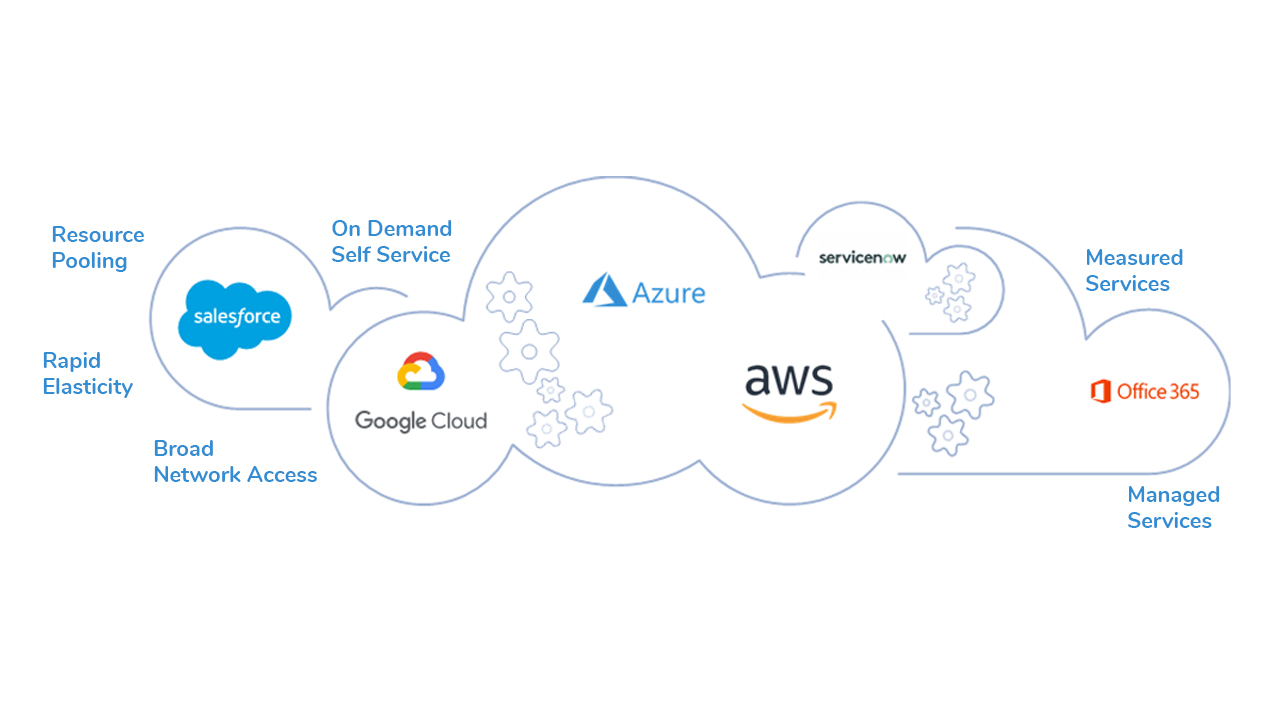Latest Cloud Services Press Release: Advancements and Sector Updates
Wiki Article
Achieve Seamless Scalability With Cloud Services
In the ever-evolving landscape of cloud solutions, achieving smooth scalability stands as a cornerstone for contemporary organizations looking for to stay adaptable and competitive. The ability to effortlessly broaden or contract resources in reaction to altering needs is an essential benefit in today's fast-paced digital setting. By grasping the art of scalable cloud remedies, organizations can not only optimize performance and streamline operations but additionally lead the way for future growth and innovation. The quest for seamless scalability with cloud solutions unveils a globe of possibilities for those happy to embrace the transformative power of dynamic source management.Advantages of Cloud Scalability
Cloud scalability offers companies the adaptability to dynamically adjust resources based on need, making certain optimal performance and price performance. Additionally, cloud scalability promotes advancement and experimentation by enabling services to conveniently test new ideas and scale them as required. Eventually, the advantages of cloud scalability expand beyond expense savings to include better efficiency, dexterity, and advancement.Secret Features for Scaling
Efficient scaling in cloud services depends on vital functions that allow companies to readjust resources dynamically based upon demand. One necessary function for scaling is flexibility, allowing sources to scale up or down in feedback to varying work. This makes certain that organizations can fulfill efficiency needs without over-provisioning resources. An additional crucial function is scalability, enabling systems to deal with enhanced work by including sources flawlessly. This function is critical for fitting growth without jeopardizing efficiency. In addition, automation plays an important role in scaling by automating the provisioning and de-provisioning of resources based on predefined policies. Automation decreases human treatment, enhances effectiveness, and ensures fast response to altering demands. Tracking and analytics tools are also important for scaling, giving understandings into source utilization, efficiency metrics, and prospective bottlenecks. These tools allow companies to enhance and make educated decisions resource allowance for effective scaling. On the whole, these vital attributes jointly equip companies to achieve smooth scalability in cloud services.Implementing Auto-Scaling Strategies
To efficiently maximize source allocation and adapt to varying workloads, organizations need to strategically implement auto-scaling methods in their cloud solutions infrastructure. Auto-scaling allows systems to automatically change the number of compute sources based on real-time need. There are numerous auto-scaling techniques that companies can utilize, such as predictive scaling, which utilizes historic information to anticipate future resource demands, and reactive scaling, which replies to existing workload adjustments.
Ideal Practices for Scalability
For organizations intending to improve their scalability in cloud services, applying ideal techniques is essential for optimum YOURURL.com efficiency and resource administration. One key finest method is creating applications with a microservices design. This method breaks down applications into smaller sized, independent solutions that can be deployed, updated, and scaled individually, permitting for better versatility and scalability.An additional important technique is making use of containerization innovation, such as Docker or Kubernetes. Containers enable the packaging of applications and their dependencies right into isolated units, making it less complicated to scale components individually and release them consistently throughout various environments.
Additionally, implementing automated implementation and framework as code (IaC) can improve scalability efforts (linkdaddy cloud services). Automation tools like Terraform or Ansible assistance in provisioning and handling resources effectively, lowering manual mistakes and making it possible for fast scalability
Furthermore, keeping an eye on efficiency metrics, establishing up signals, and conducting regular ability planning are vital methods to guarantee positive scalability monitoring. By adhering to these finest practices, organizations can accomplish smooth scalability in their cloud services while optimizing performance and resource use.
Surveillance Performance Metrics
When examining the effectiveness of cloud services scalability, very closely keeping track of efficiency metrics is vital for ensuring ideal performance and resource appropriation. By continually tracking key performance indications (KPIs) such as action times, resource, throughput, and latency application, companies can get useful understandings right into the health and wellness and effectiveness of their cloud facilities. Checking performance metrics permits the early discovery of possible bottlenecks or concerns that can impact scalability, enabling aggressive steps to be required to address them prior to they escalate.
Verdict
In conclusion, accomplishing seamless scalability with cloud services is necessary for organizations to enhance performance, improve innovation, and preserve high efficiency degrees during peak times. By leveraging the advantages of cloud scalability, implementing auto-scaling strategies, using website here key features such as flexibility click resources and automation, and adhering to ideal methods like application design and efficiency tracking, services can effectively scale their systems while optimizing resource usage and performance.The mission for seamless scalability with cloud services introduces a world of opportunities for those willing to welcome the transformative power of vibrant source administration.
Cloud scalability offers companies the adaptability to dynamically readjust resources based on demand, ensuring optimal efficiency and price effectiveness. One more key attribute is scalability, making it possible for systems to handle enhanced work by including sources flawlessly.For companies aiming to boost their scalability in cloud services, applying ideal methods is important for ideal efficiency and source monitoring.When analyzing the performance of cloud solutions scalability, closely keeping track of performance metrics is necessary for ensuring ideal functionality and resource allotment.
Report this wiki page